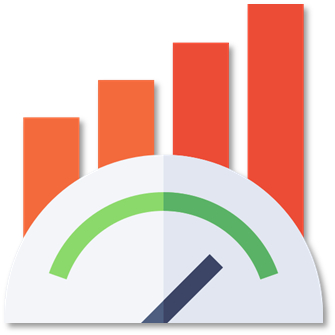Step 4: Claims
| Topic | Question | Answer |
Measurements | For each positive and negative effect listed in step 3, describe how you could evaluate (measure) whether they actually occur. | Positive: More independence: ask maria for feedback Health measurement accuracy: Measure with caretakers Safe walks: count nr of unsafe interactions. Also ask her. Caretakers have more time: feedback of caretakers & measure time spent on health related stuff in the retirement home. Less stressed: measure heart rate / blood pressure Caretakers feel confident: nr of safe walks. Negative: Can ignore robot because it is annoying: Responses to the robot (amount and connotation), also looking at robot. Robot makes her uncomfortable: Heart rate/ blood pressure. Feedback afterwards. Any technical issue with the robot: Logs from the robot. Film the walk (maybe). Ethical stuff: measure social reaction. Feedback Replace family members/caretakers: No actual people go with other on walks anymore. |
Benchmark | For each measurement, what are the benchmarks (criteria)? (i.e., what are desired values?) | Indepencence: rate 4/5 Helath measurement accuracy: sugar level 95% within healthy range. Safe walks: 0 preventable incidents per walk. Caretakers have more free time: Save at least 1.5 hours. Less stressed: 95% average Caretakers feel confident: all walks |
Demonstration of AI-functionality | Can you describe how you could demonstrate that your AI function (s) achieve(s) the effects that you listed in the previous question? | Health statistics and feedback statistics. Time measurements.
|



